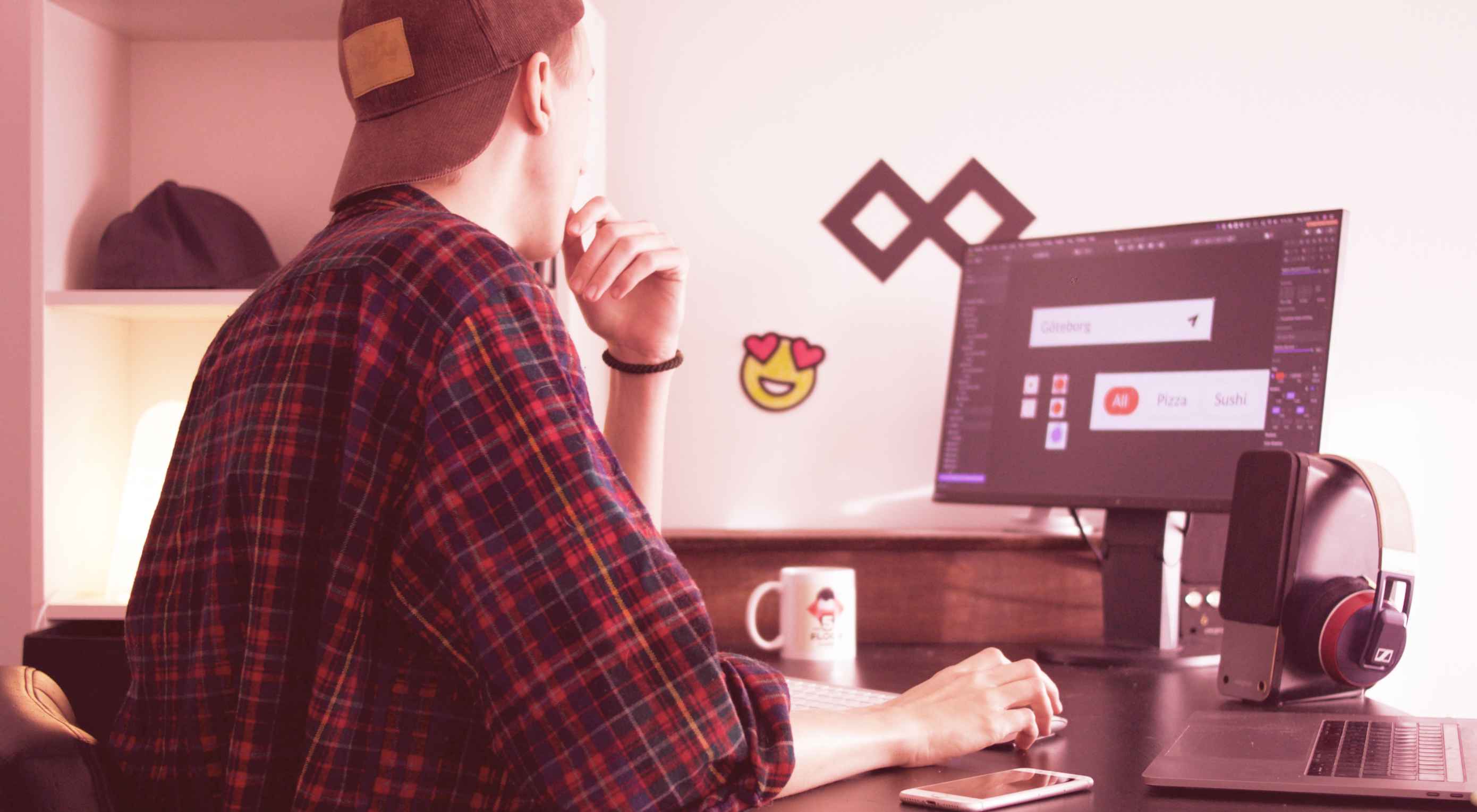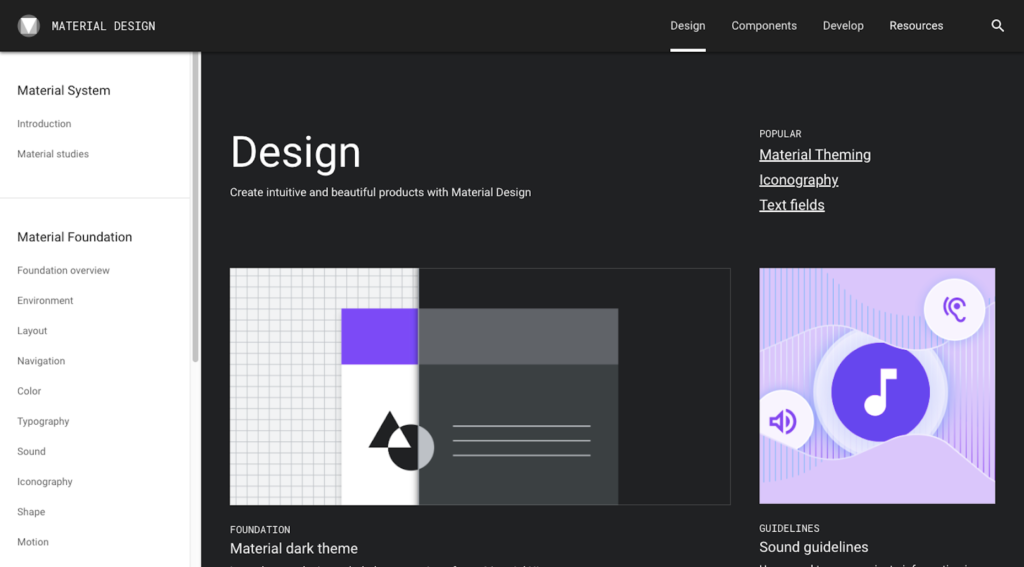 There’s a lot riding on your shoulders as a freelance designer. You have to play the part of salesperson, project manager, web designer, accountant, and more.
There’s a lot riding on your shoulders as a freelance designer. You have to play the part of salesperson, project manager, web designer, accountant, and more.
That’s why it’s critical to develop more efficient ways to work while maximizing results.
One way that agencies and even small teams of designers do this is through design systems. By taking the time to create a collection of design standards, reusable components, and documentation, everyone can work at a higher level at all times.
But is this something freelancers can take advantage of, or are design systems just a waste of your time?
Today, we want to take a look at what makes design systems so special and some reasons why it makes sense for freelancers to create them.
What Are Design Systems?
The easiest way to show you what a design system is (and why it differs from something like a style guide or UI pattern library) is to show you one of the most popular ones from the past decade.
This is Material Design:
Google released Material Design in 2014 as a way to bring consistency to all its properties. Its API also enabled designers and developers to utilize the design system with all its guidelines and components.
What makes Material Design — and any well-built design system — so effective is how robust it is. It includes:
- A System that clearly explains the purpose and goals of it;
- A Foundation that breaks down the key elements of the UI and carefully describes how each should be designed;
- A collection of interactive Components that makes adding common UI elements to a website or app much easier;
- A set of Resources and tools that help designers correctly apply Material Design styles and standards to their websites and apps.
With such a well-thought-out system and documentation, it becomes much easier to work on massive website projects or with a growing team of designers and other contributors. There’s no guessing when it comes to choosing:
- Colors;
- Typography;
- Sizing and spacing;
- Imagery and iconography;
- Layout;
- Motion;
- Interaction;
- Data visualization;
- And so on.
The design system leaves no room for error as it’s all perfectly spelled out. What’s more, when the system is documented and captured in a tool like Sketch, making updates to it and collaborating with others becomes hassle-free.
But Can Design Systems Work for Freelancers?
This brings us back to our original question. My answer to that is yes… if your freelance business fits one of the following criteria:
You Specialize in Designing Larger Websites
Truth be told, you won’t really benefit from using a design system if you design smaller websites (we’re talking maybe five or six pages total). Instead, you could just use a content management system or website builder to save and reuse global components and call it a day.
For those of you who specialize in designing larger and more complex websites, you’ll certainly need a design system — even if it’s just you working on the project. The more pages you add to a site, the more chances you have to introduce an inconsistency.
Having a design system laid down from the get-go ensures that any additions or updates can be handled with ease. And for websites of this size, you’re likely to have a lot of this revisionary work to do as your clients scale their businesses and, in turn, their websites.
You Provide Monthly Maintenance
For many freelancers, the constant hustle required to find new website clients can be tiring. That’s why many of them offer monthly website maintenance plans to clients. The recurring and predictable revenue creates a safe buffer for designers while also making them an indispensable asset to clients.
For those of you who provide this service, a design system would be very useful — even for smaller websites with just a handful of pages. If you take the time upfront to create a design system, future updates to the site will take much less time and require less effort as you’ll have pre-designed components and rules to guide you.
You Have Plans to Scale Your Business
For some of you, your dream job is to work as a freelancer and have total autonomy and control for as long as possible. For others, the future looks a little different. Instead, you dream of building an agency, hiring a team of creatives to support you, and expanding into other profitable services and niches.
If this sounds like you, then using design systems makes perfect sense. That goes for designing large websites and small. If you can get yourself into the habit of using designing systems that dictate how you design now, scaling up to an agency will be a breeze.
You Have a Design or Marketing Partner
Many solo freelancers partner with other creatives to provide clients with more well-rounded solutions. It’s also good to know people who have skills unlike yours, so you have trustworthy recommendations to make when clients ask for help.
Whether you actively work in conjunction with one of these partners or you simply hand clients off to them when you’re done, design systems would be really useful. This enables you to set the rules for your client’s marketing style and ensures that your partners can maintain consistency with them even if you’re no longer involved.
This might not seem like it would be beneficial to you, but it is if and when those clients come back to you wanting more help (like a redesigned website or help with ongoing maintenance).
Wrap-Up
There are tons of ways to work more efficiently and to produce better quality websites. That said, not every productivity hack, tool, or technique is going to be right for you.
If you’re currently working as a freelancer and are intrigued by these design systems everyone’s talking about, carefully consider whether or not they actually make sense for you at this time.
If they don’t, don’t sweat it. You can still take advantage of the basic principles behind them. Create style guides. Compile a set of standard components you use from site to site. And document all of your processes. These are best practices every designer should have in their back pocket.
Featured image via Unsplash.
p img {display:inline-block; margin-right:10px;}
.alignleft {float:left;}
p.showcase {clear:both;}
body#browserfriendly p, body#podcast p, div#emailbody p{margin:0;}
